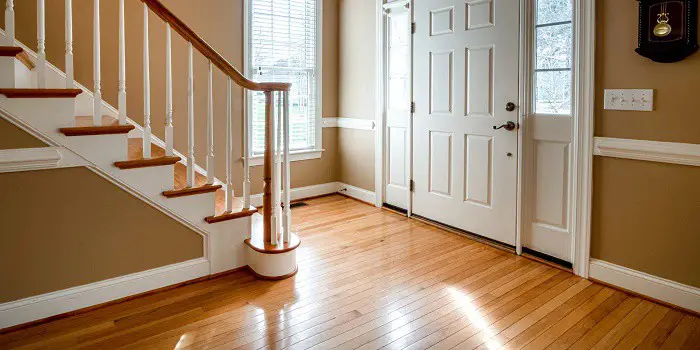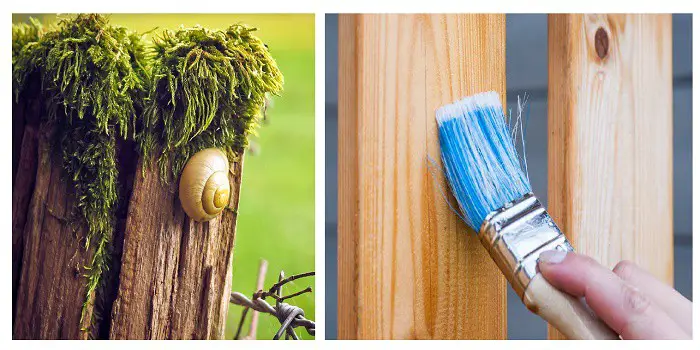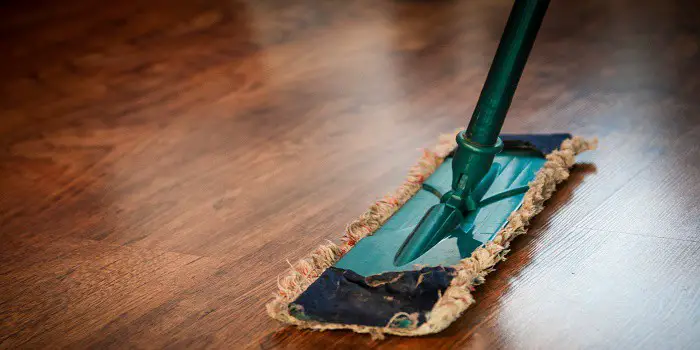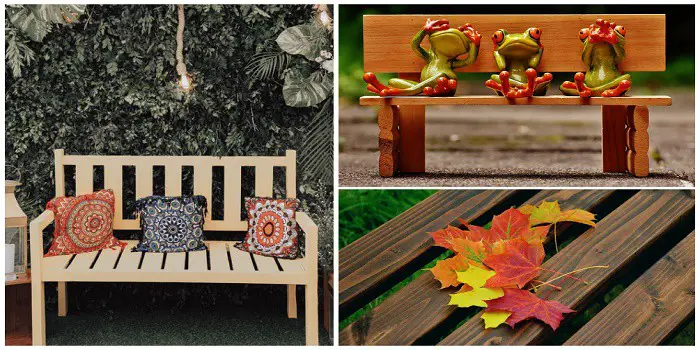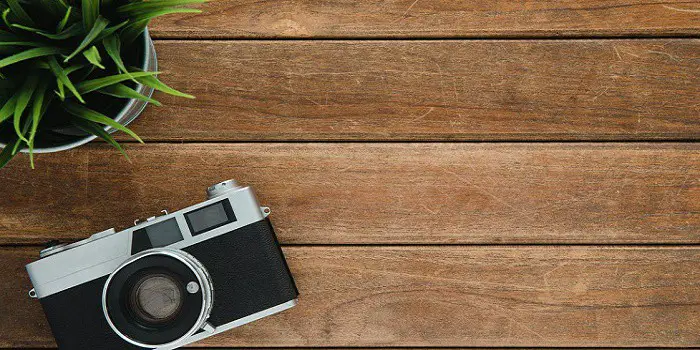
Medium-density fiberboard, also called MDF, is a type of composite material made from wood fibers glued with resin under extreme temperature and pressure.
It’s a kind of wood board that is extensively used in making cabinets, shelves, wardrobes, and even stairs in our homes.
The good thing is you can primer, paint and even stain the MDF according to your liking to make it look nicer.
But remember, although MDF can be stained and colored, making it look like oak wood carrying natural grains is tough.
With that said, I don’t mean it’s impossible to stain the MDF to look like wood.
You can do it, but you will need some good hard work to achieve the right wood-type finish and natural and beautiful grains.
How to Stain MDF That Looks Like Wood?
Remember, MDF usually comes with traces of formaldehyde which can be harmful to the body, especially if inhaled.
So, before you work with MDF wood, you should consider wearing a face mask, a suitable eye protection device, and gloves.
Next, you will need to gather the tools and supplies that you will need for stain application.
Some of these materials, which you can buy at your local store or online, include:
- Paint stripper
- Solvent-based wood stain
- Varnish gloss or semi-glossy
- Paintbrushes (small and medium)
- Different sandpapers with 100 to 150 grits
- A drop cloth and blue tape to cover the areas
Note: Pick the right stain color
Since our goal is to achieve the natural grains, it’s good to choose a low-luster stain that matches the undertones of the oak (the type of wood you want to mimic).
And since oak can have warm undertones from subtle reddish hues to deeper yellow tones, you must choose the stain color correctly.
If you want to make your MDF look like lighter woods, such as walnut or maple – pick the shades like gold or orange.
Or, if you want the MDF surface to resemble mahogany – pick the colors like coral or dark red.
After you have collected your paint materials and are ready to stain, follow these steps…
Step 1- Prepare the Work Area
Find a well-ventilated area when you are working with wood and stains.
Also, protect your floors (and other areas you don’t want to get the stain on) with a drop cloth and painter’s tape.
Step 2- Remove the Old Paint Layer
If there are already paint or stain layers on your MDF, you will need to remove them first.
A good chemical-based paint stripper for stripping wood should help you accomplish this task.
You will need to apply some wood stripper and use a wire brush to take the paint and stain off the surface.
Then wait for some time to let the surface dry completely.
Step 3- Sand the Surface Gently
After the wood surface is entirely free from dirt, debris, and paint, it’s time to sand the MDF.
You will need to gently sand and buff the surface using 100/120-grit sandpaper.
To get a smoother glossier finish, you can even use 150-grit sandpaper.
Make sure you also sand all the edges along with the faces of the board.
After you have done the sanding, wipe and clean the surface with a dry cloth to make it free from sanded dust particles.
Step 4- Fill the Holes and Apply Primer
Next, you will need to check the surface for cracks, gaps, or small holes.
If you notice any, use a wood filler or putty (the same color as the MDF) to patch them up.
Then apply a solvent-based primer (like Zinsser or KILZ) to the MDF panels using a paintbrush or a roller.
You should avoid priming the MDF surfaces with water-based primer as it can cause the wood fibers to swell, which would appear in the form of ugly raised grain later.
After you have primed the surface, it’s good to seal MDF surfaces with thin layers of PVA (white or carpenter’s) glue to avoid any swelling.
After you have prepared and primed the MDF surface for staining, let it dry for a couple of hours.
Step 5- Apply the Wood Stain
It’s now time to apply the stain to your MDF wood.
Using a synthetic bristle paintbrush apply the stain evenly on the surfaces of MDF with long and smooth strokes without dripping.
To get a bit of grain effect, consider overlapping every stroke with the next one you make (for both vertical and horizontal strokes).
For staining the smaller surfaces like edges, use a smaller paintbrush.
Typically, you will need to apply 2 to 3 coats of the stain to achieve the right color and finish on your MDF.
Also, ensure you give the boards enough time to dry (usually, it takes 24-36 hours) before you move on to adding the natural-looking wood grains.
Step 6- Adding the Grains to Look Like Oak
Oakwood generally comes with a straight-grained pattern with an uneven texture.
This is one of the most distinctive qualities that make oak wood look unique.
To make your stained MDF look like faux wood, it’s best to glaze the surface using the faux bois painting technique or with a wood grain rocker hand tool.
- Start by tinting the glaze a few shades darker
- Pour this tinted varnish/glaze into a roller tray or a paint pan
- Load your brush or a paint roller with the glaze and apply a thin layer of it on the stained surface
- Using a wood grain rocker, carefully create the faux wood grain texture in the fresh glaze surface.
You will need to start from the top edge of the stained MDF surface.
And then, drag down the grain rocker tool slowly to reach the opposite end of your project’s surface.
Next, flip the rocker and drag it in the opposite direction.
This is to change the direction of the faux wood grain and create a beautiful pattern.
When you are done with creating the grains, allow enough time for the glaze to dry completely.
Tips and Warnings When Applying Stain to the MDF Surface
The above technique will help you create a natural appearance of the oak grain, but you will need to practice the strategy in advance.
You can practice using this wood grain-creating tool by applying a thin layer of glaze over scrap cardboard and pulling the rocker through it.
You may need to try this 2- to 3 times before you get satisfied with the faux wood grains you get on the cardboard.
Then you can move on to your main MDF polishing project.
Remember that the polished look and grains on stained MDF will not look as glossy and striking as natural oak, but it can definitely work to improve the overall wood appearance.
Below is a video that will give you an idea of how you can use your wood grain rocker hand tool to create a beautiful grain pattern on stained wood to look like oak.
You may need to check this out before starting with your project…

Hi, I am Mark Garner a professional carpenter, woodworker, and DIY painter. I live in the small city of Peoria, Arizona as a semi-retired woodworker. I have started this blog with a simple motive to help you with my wood experience in this sector. If you like to know more about what I love doing and how it all got started, you can check more about me here.

